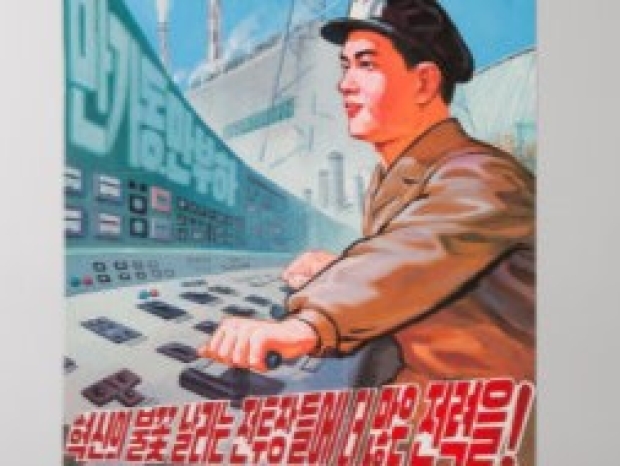Talks led by the National Development and Reform Commission to stitch together a set of Chinese chip equipment makers into a single state-backed goliath have gone nowhere fast.
The idea was to mash together fragmented technologies into one national champion that could eventually stand up to the likes of Applied Materials and Lam Research. But insiders told the FT the talks have stalled thanks to squabbles over valuations and ownership structures.
A person close to the talks told the FT: “There were too many split interests. The prospective sellers don’t want to sell at a loss and the buyers don’t want to pay a premium.”
Another source said that although discussions are still technically ongoing, the original grand vision is unlikely to materialise.
Despite the mess, dealmaking has ticked up slightly. There have been 26 semiconductor-related acquisitions so far in 2025, according to Wind data cited by the FT. The most high-profile is a proposed merger between CPU designer Hygon and supercomputer builder Sugon, announced in May. If the pace holds, this year could match 2024’s post-pandemic peak of 45 deals.
Consolidation in chip gear could help local fabs ditch reliance on American kit, said Jefferies semiconductor analyst Edison Lee. Chinese fabs currently have to cobble together machines from different vendors with no guarantee they will play nicely together.
“In the equipment industry, it is difficult to be very successful as a single-product company,” Lee said.
Beijing’s bigger aim is to stop pouring state funds into dead-end projects. Bernstein semiconductor analyst Lin Qingyuan told the FT: “There has been a realisation that scattered investment doesn’t create the scale necessary to make the sector profitable.”
He added that central planners want to focus resources into fewer, globally competitive players.
One Shanghai chip investor told the FT that investors were not convinced that merging small fry into a big fish gets you anything worth catching. “A lot of the companies for sale have no defensible technology moat,” he said.
Lin added that integration risks are massive. “Often, the companies best positioned to buy an asset don’t want to buy the company because they understand why it’s underperforming and often believe the valuation is too high.”
The prospect of easy state funding has lured all sorts into the chip game. Real estate developers, fungicide vendors and even knitting machine makers have tried to snap up semiconductor assets. Unsurprisingly, most of these deals collapse. Wind data shows eight such transactions have failed to close so far this year.
Empyrean Technology tried to acquire EDA rival Xpeedic in March but binned the plan last month after failing to agree terms. Leather shoe firm Zhejiang Aokang and knitting machinery outfit Ningbo Cixing both walked away from chip investments recently, blaming pricing spats.
The underlying problem is no one wants to sell at a loss. “Many investors are unwilling to offload assets below their book value, even if financial performance has deteriorated,” said one chip investor.
Meanwhile, China's foundry sector, remains as fragmented and politically radioactive as ever.
Local governments went mad building fab projects over the past decade, creating a glut of capacity and cut-throat price wars for mature chips. Experts told the FT that Beijing needs to streamline this segment too, especially if it wants to centralise talent and resources for more advanced chipmaking.
Despite flashy new investments in 7nm lines in Shenzhen and Shanghai, the foundry sector remains a mess of overlapping projects and duplicated effort.
One investor said: “This is where consolidation is needed the most. But the local governments, which have a majority stake in these fabs, cannot sell for a big loss so there are no willing buyers. They do not want to be accused of losing the country’s assets."




